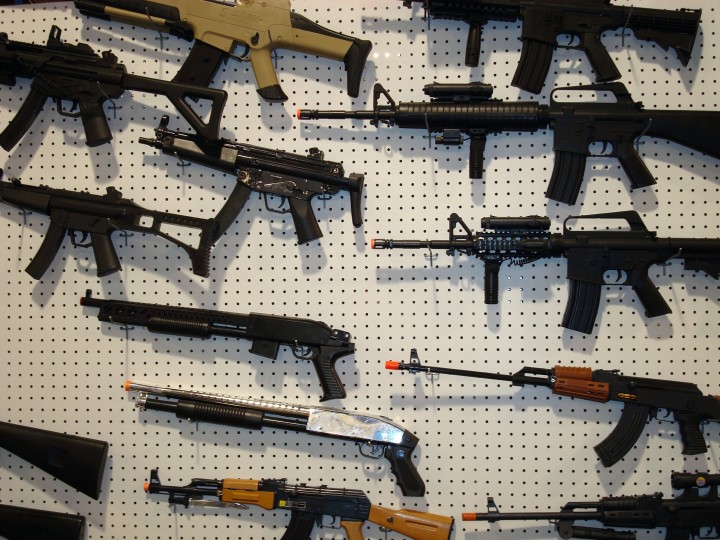The move on Tuesday comes after more than 100 children suffered eye injuries in the capital Kabul from toy weapons during the three days of Eid al-Fitr celebrations, which marked the end of the holy month of Ramadan.
The spike in injuries was partially caused by the Afghan tradition of giving pocket money to children for Eid, which resulted in an influx of fake but dangerous firearms in kids’ possession.
“Interior Minister Noor-ul Haq Uloomi has ordered police forces to confiscate all toy guns… [these] can lead to physical and psychological damage among people,” the Afghan health ministry said in a statement cited by AFP.
The move was hailed in Afghan social media by those who believe that toy guns insight violence.
“This is a positive step that will stop children from taking up real arms when they grow up,” Abdul Shaheed wrote on Facebook. “Militancy and war has promoted a brutal culture of violence in our society that is impacting children.”
Others feel too much attention is being paid to something that should be at the end of the list of Afghanistan’s problems.
Kabul’s crackdown on toy guns comes shortly after a similar move by Pakistan’s northwestern province of Khyber-Pakhtunkhwa near the Afghan border, the dpa news agency reported. It banned the sale of toy weapons in early July ahead of the Eid celebration with a view to making the regulation permanent.
The problem of toy gun-related violence is being felt not only in the troubled Middle-Eastern countries, but in the US as well. A study by Stanford University School of Medicine published last month showed that between 2010 and 2013 the number of injuries from ‘non-powder’ firearms in the US soared more than 500 percent.
In 2012 alone, more than 3,000 children were treated at US emergency departments for eye injuries from airsoft guns, BB guns, pellet guns and paintball guns, the study said.










